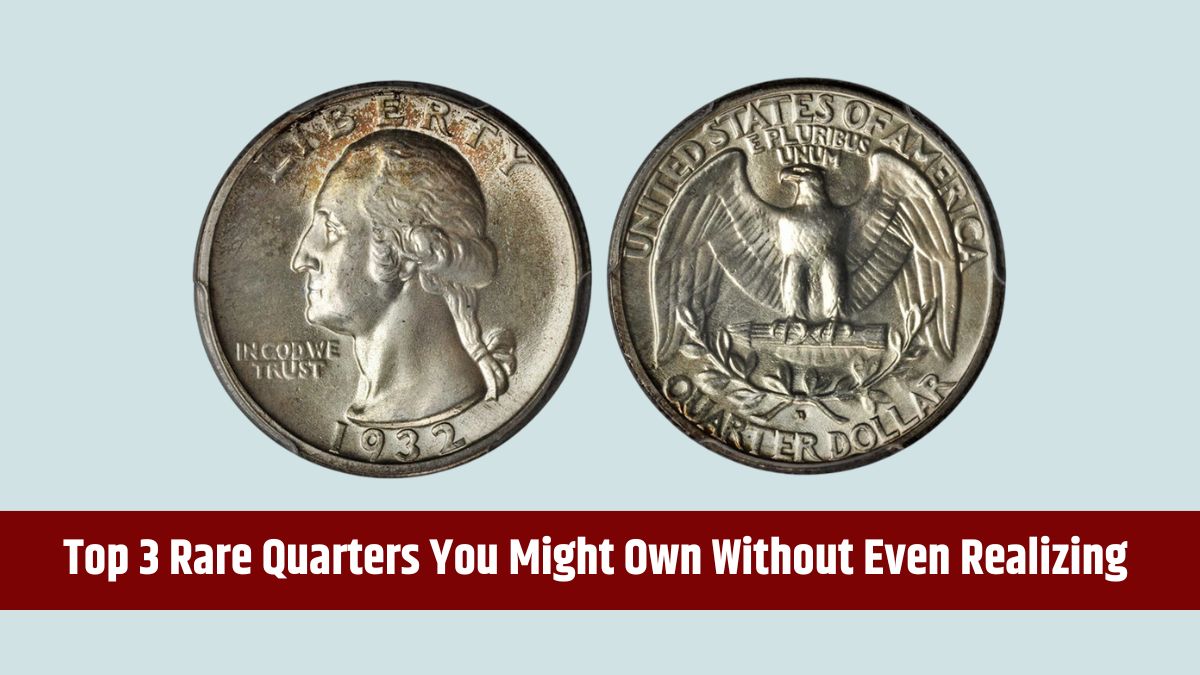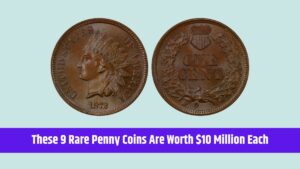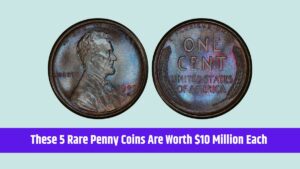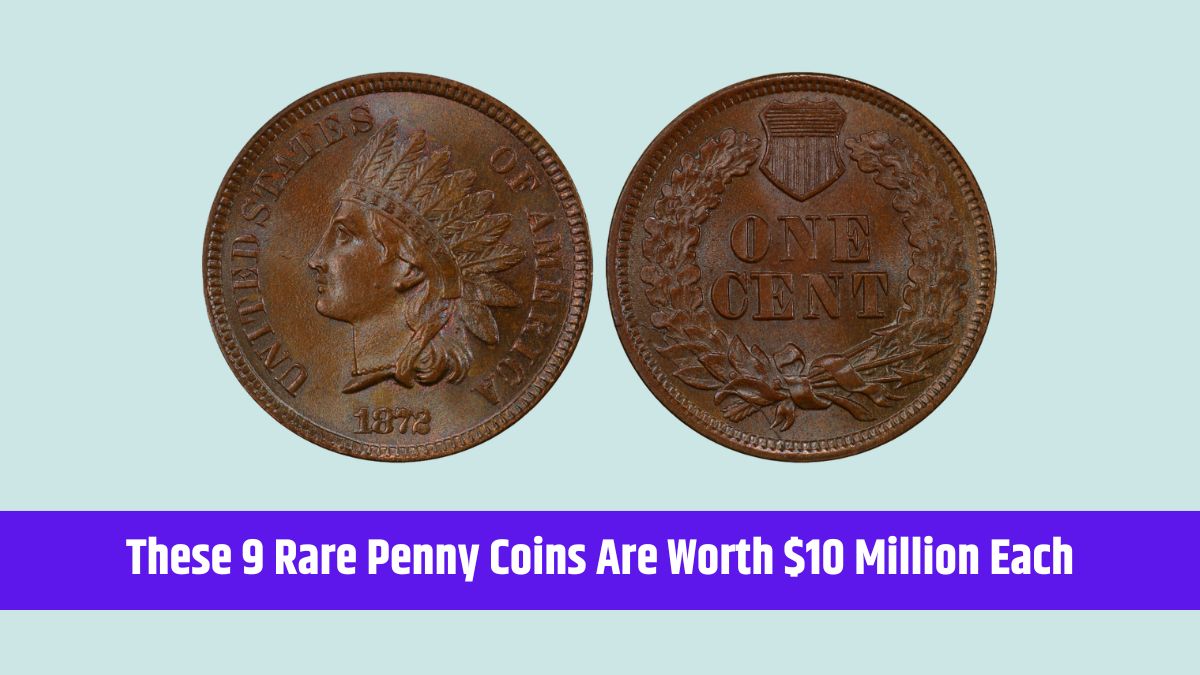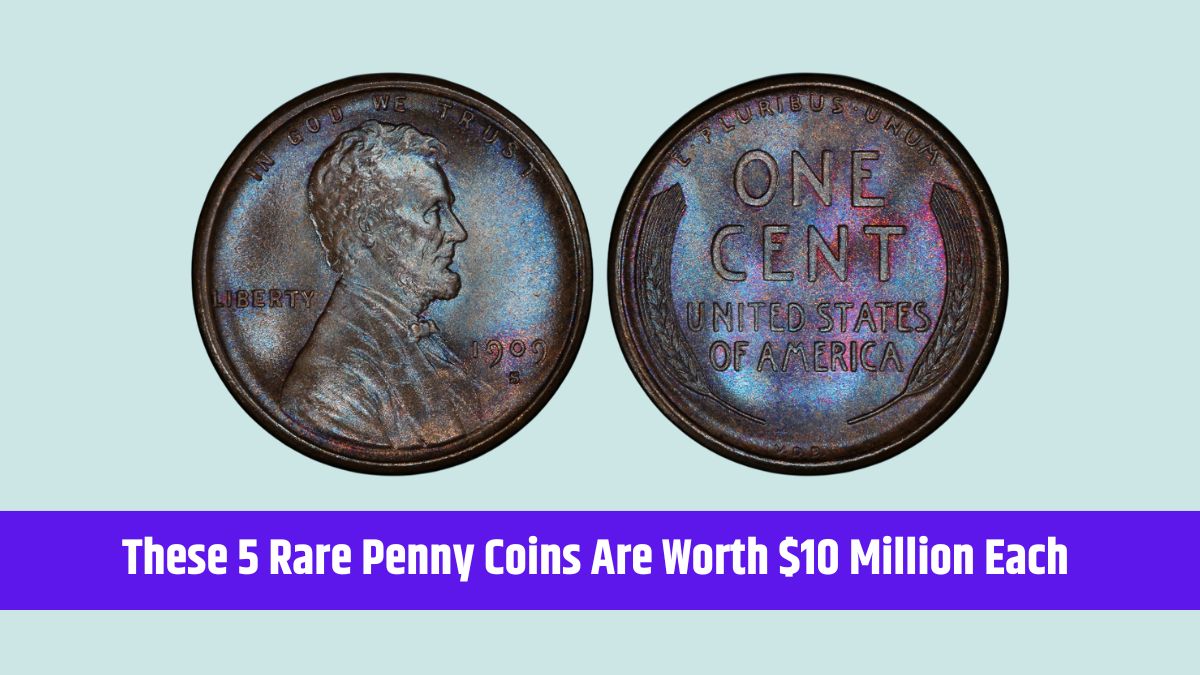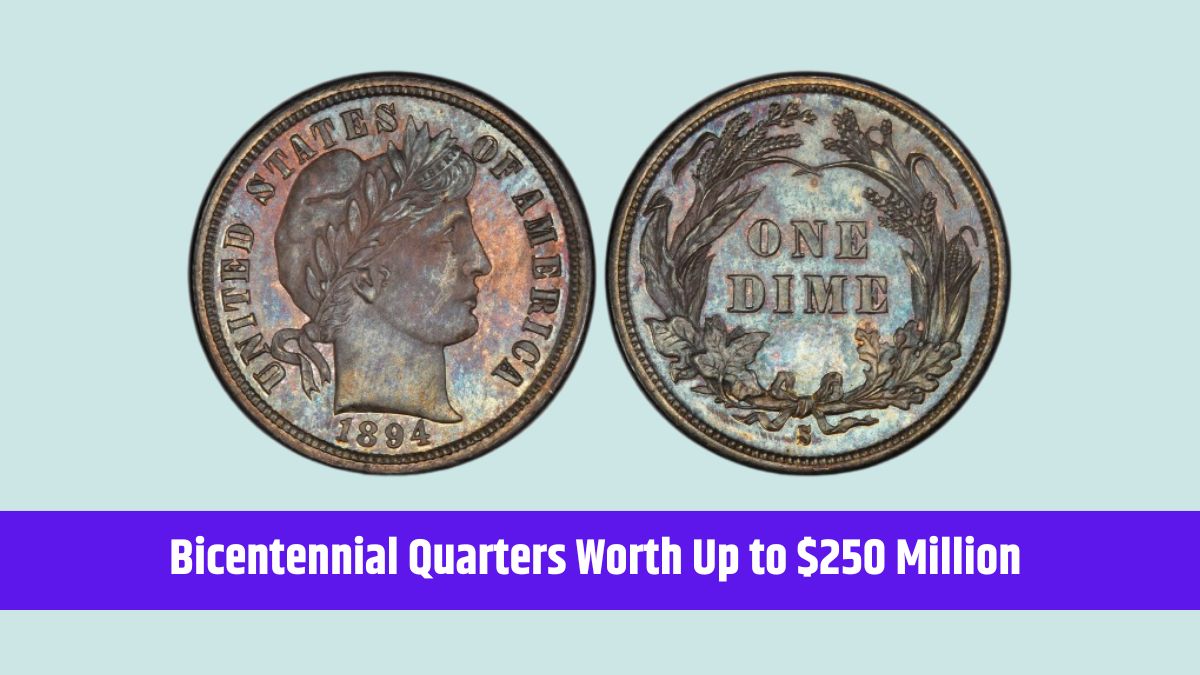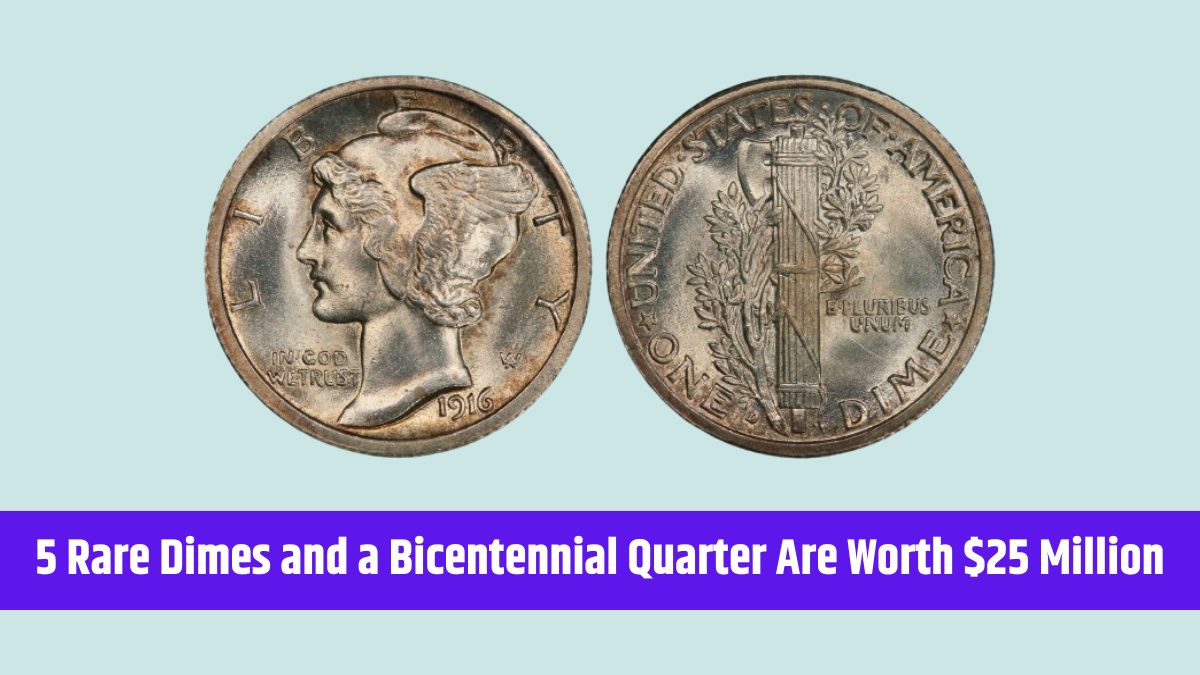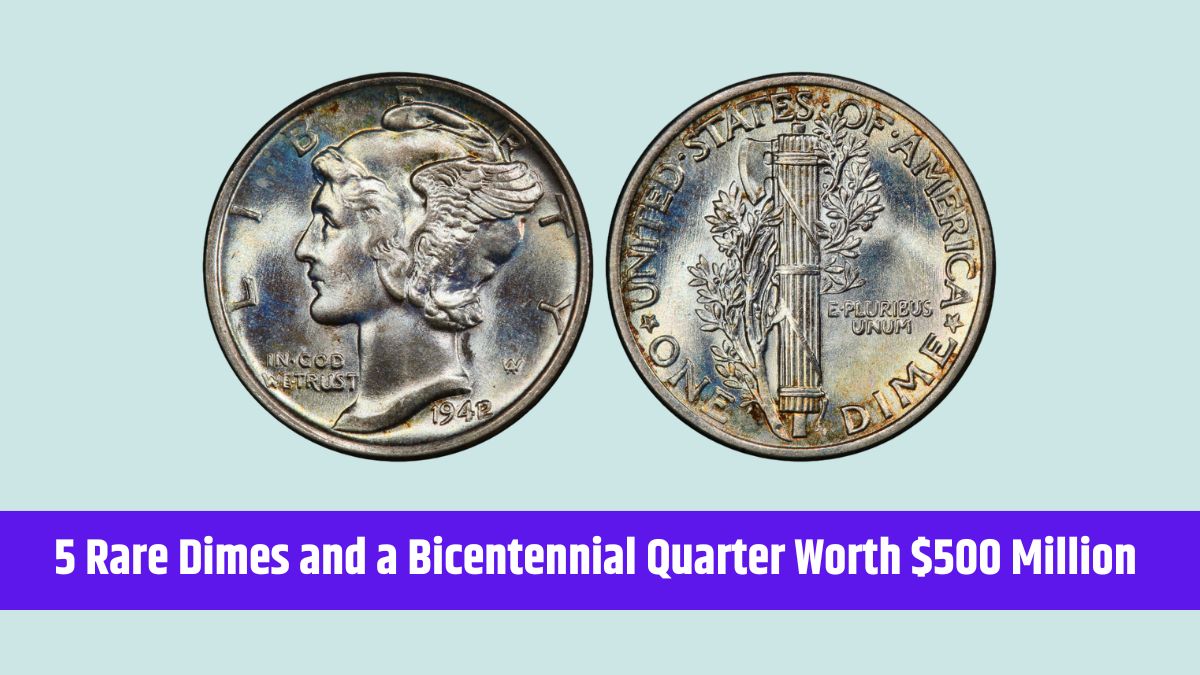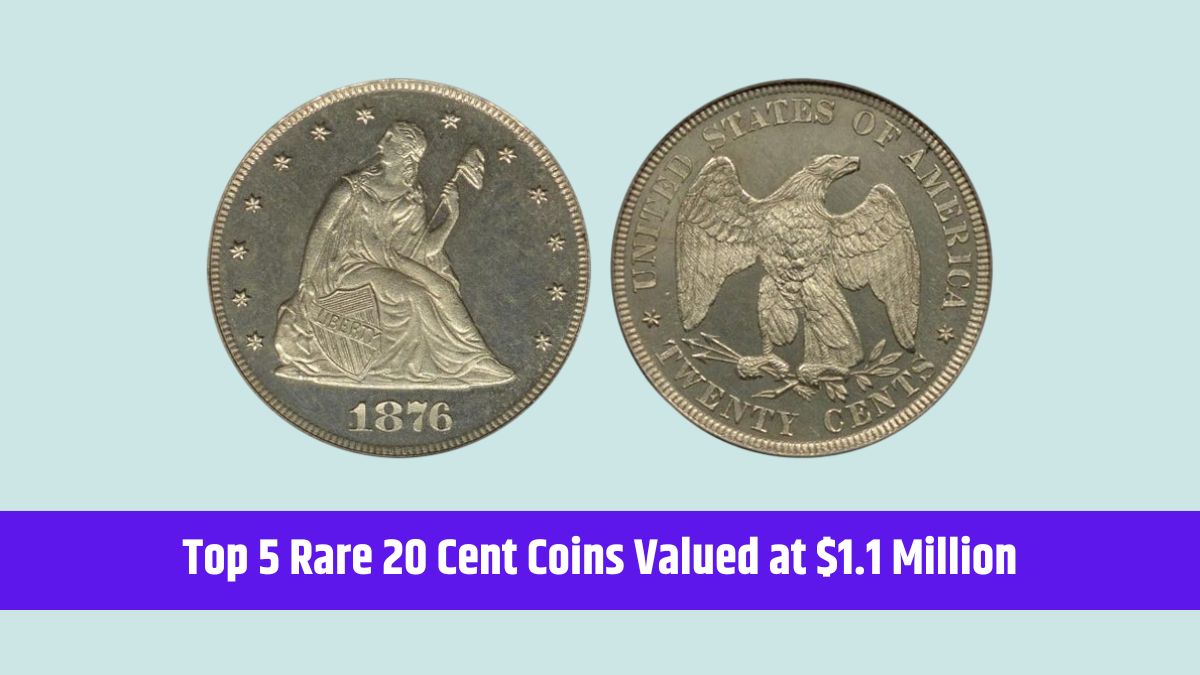Have you ever thought about the coins jingling in your pocket? Among the countless quarters in circulation, some hold far more than their face value—they carry history and rarity that could make them worth thousands of dollars.
Rare quarters often go unnoticed because they blend in so seamlessly with ordinary change. But with a keen eye and a bit of knowledge, you might observe that your loose change contains a hidden fortune.
In this article, we’ll look into three incredibly rare quarters that could be hiding in plain sight. These coins are not just valuable for their monetary worth; they also tell fascinating stories of minting errors, low production runs, and historical significance. Get ready to take a closer look at your pocket change—you might just strike gold.
Table of Contents
Overview
| Quarter | Year | Defining Feature | Potential Value |
|---|---|---|---|
| 1932-D Washington Quarter | 1932 | Low mintage of only 436,800 | $100–$10,000+ |
| 2004 Wisconsin Quarter (Error) | 2004 | Extra leaf on the corn stalk | $300–$1,500 |
| 1970-S Washington Proof Quarter | 1970 | Struck on a foreign planchet | Up to $35,000 |
1932-D Washington Quarter
When the Washington quarter was introduced in 1932, it marked a milestone in American numismatics. Among the coins minted that year, the 1932-D stands out as one of the rarest and most desirable for collectors. With only 436,800 quarters minted in Denver, this coin quickly became a low-mintage rarity.
Collectors prize the 1932-D Washington quarter not only for its scarcity but also for its role in launching the long-running Washington quarter series. If you’re lucky enough to have one in circulated condition, it could be worth $100 to $1,000. Even more astonishingly, an uncirculated 1932-D quarter in pristine condition could fetch upwards of $10,000.
How to Identify It
- Look for the 1932 date on the front (obverse) of the coin.
- Check the reverse side, just below the eagle’s tail feathers, for a small “D” mintmark, indicating it was minted in Denver.
2004 Wisconsin Quarter with Extra Leaf Error
Minting errors always intrigue collectors, and the 2004 Wisconsin state quarter is a prime example of how an accidental variation can become a valuable treasure. This quarter features an unusual “extra leaf” on the corn stalk depicted on its reverse side.
There are two variations of this error:
- The “extra high leaf”
- The “extra low leaf”
These additional leaf features likely resulted from a die gouge during the minting process, making the error unique and highly collectible. If you own a 2004 Wisconsin quarter, take a close look at the corn stalk. Depending on the coin’s condition, it could be worth between $300 and $1,500.
How to Identify It
- Examine the corn stalk on the reverse side.
- If you see an extra leaf (either high or low), you might have a valuable error coin.
1970-S Proof Quarter Struck on a Foreign Planchet
Sometimes, coins are minted under unusual circumstances that create one-of-a-kind rarities. The 1970-S Washington proof quarter is one such example. This coin was accidentally struck on a planchet intended for a Canadian coin, making it thinner and lighter than standard quarters.
These unique features make the 1970-S proof quarter a sought-after piece among collectors. Due to its rarity, these coins have been known to sell for as much as $35,000 at auctions.
How to Identify It
- Weigh the coin—this quarter is lighter than normal due to the foreign planchet.
- Look for the “S” mintmark, indicating it was struck at the San Francisco Mint.
- If you suspect you have one, consult a professional numismatist for verification.
Could You Have One of These Rare Quarters?
Rare quarters like these sometimes appear in circulation, estate collections, or even in loose change jars. If you have a 1932-D Washington quarter, a 2004 Wisconsin quarter with an extra leaf, or a 1970-S proof quarter, it’s worth having it inspected by an expert—you could be holding onto a small fortune.
FAQs
How can I tell if I have a rare 1932-D Washington Quarter?
Check the reverse side for a small ‘D’ mintmark below the eagle’s tail feathers.
Why is the 2004 Wisconsin Quarter valuable?
It has an extra leaf on the corn stalk, making it a rare minting error.
How much is a 1970-S Proof Quarter worth?
If struck on a foreign planchet, it can be worth up to $35,000.
Where can I get my rare quarter authenticated?
Professional grading services like PCGS or NGC can verify authenticity.
Are rare quarters still in circulation?
Yes, some rare quarters occasionally appear in loose change or collections.
